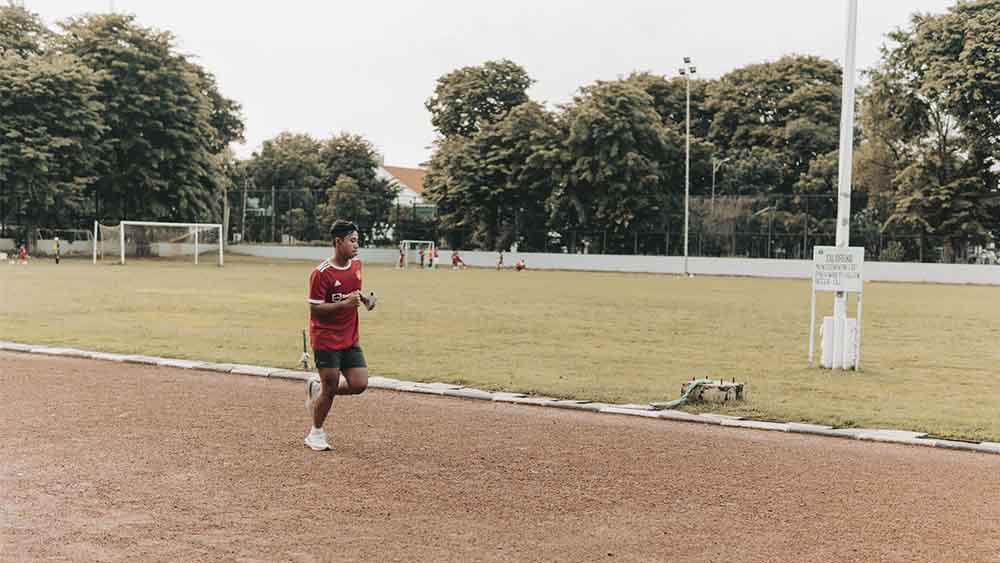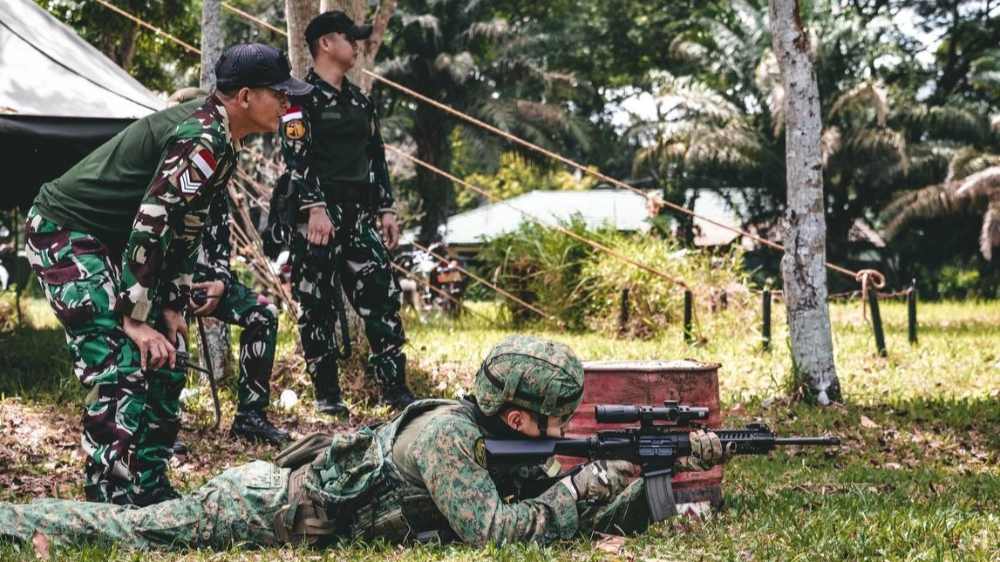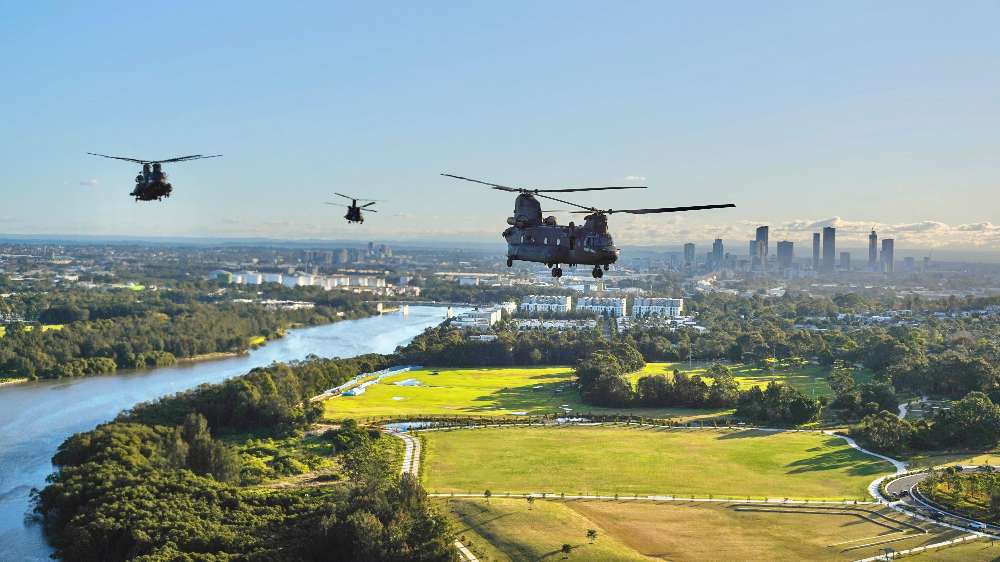I Failed My Yearly IPPT As An NSman: 5 Tips To Bounce Back
As an NSman, you’re obligated to take and pass your annual Individual Physical Proficiency Test (IPPT) throughout your reservist cycle. It consists of 3 stations - push-ups, sit-ups and the 2.4km run.
The IPPT scoring system is adjusted progressively to cater to your age group. So while in theory it should get easier to pass as you grow older, our ageing bodies beg to differ.
So what happens when you fail your IPPT? Given my previously reliable fitness record, I’ve never actually bothered to find out. But that all changed this past year.
Having just turned 31, my proud streak was finally broken. You can say my 30s hit me really hard. To be honest, I had it coming. Work stress from a new job and an inconsistent exercise routine certainly contributed to my fitness decline, but it was no less disappointing.
If you happen to be in the same boat as me, it's not the end of the world. With a little bit of effort and determination, you can bounce back and conquer that IPPT in no time. And maybe earn a few hundred bucks as a reward.
Here are five practical tips that you can incorporate to regain fitness in a sustainable way and ace your next test.
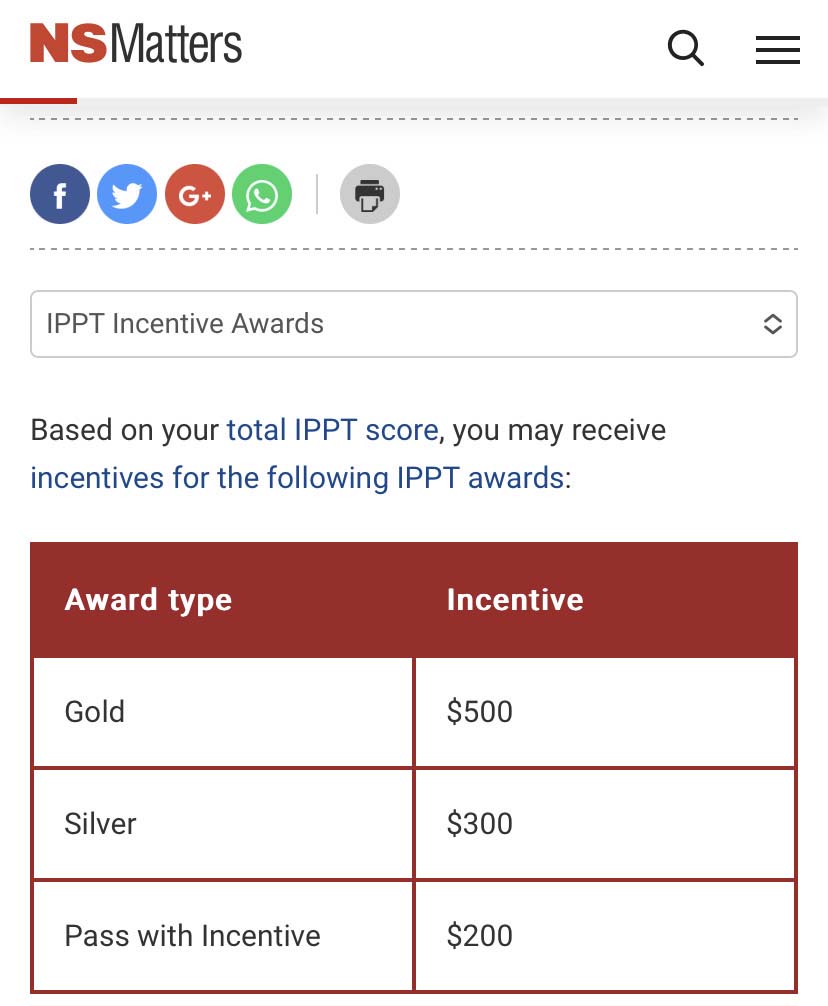
IMAGE: IPPT INCENTIVE AWARDS
Evaluate your current fitness level
First and foremost, it’s important that you honestly assess your current fitness level. Consider your strengths and weaknesses, and identify areas that need improvement.
I had no issues with sit-ups, but I struggled to hit the required number of push-ups. With such a shaky foundation for my static stations, I wasn’t able to make up ground on the 2.4km portion of the test, failing by a whopping 3 minutes.
So, a weak upper body and lousy cardio. Once I’ve pinpointed the issues, it's easier to zero in on what to improve.
Make small but incremental lifestyle changes
Rome was not built in a day. There’s no substitute for exercise when it comes to building up your body’s endurance and strength.
Don’t be like me and waltz into your IPPT test, having not done any sort of running activity at all prior. That also doesn’t mean you have to immediately train like an SAF Commando (unless you are from that unit, which means you shouldn’t even be reading this 😂).
It's the small changes that can make a big difference. Make changes to your daily routine - maybe instead of a lift, you can choose to climb the stairs or alight from your bus a few stops early and walk back the rest of the way. The key is to level up your cardiovascular fitness gradually, and clocking in a minimum of 10k steps is an ideal way to build the habit.
Given the station requirements of IPPT, the ideal exercise routine during this training period should be a combination of bodyweight circuit conditioning (targeting your upper body and abs) and interval/endurance training (high intensity sprints alternating with long jogs).
Attend your NS FIT sessions diligently
What if you don’t have the discipline or motivation to work out on your own? Well, the Singapore Armed Forces (SAF) introduced a new NS Fitness Improvement Training (FIT) programme back in 2021 as a replacement for the Remedial Training (RT) sessions.
The 10-session NS FIT helps to simplify the criteria for NSmen to complete their annual fitness requirements, as NSmen only need to either pass IPPT or complete the 10-session NS FIT (inclusive of one IPPT attempt) to fulfil their annual fitness requirements.
You can choose from a variety of NS FIT programmes at a number of locations scattered throughout the island, including Fitness and Conditioning Centres (FCCs), parks, SAFRA Energy One gyms, and even ActiveSG gyms.
The nearest one for me is the Bedok FCC at Bedok Camp. I appreciate that there is a fitness instructor present to help push us through during these group sessions. Most of the people who participate in the programme might have also failed their IPPT previously, so everyone’s in the same boat, making it less intimidating.
Each NS FIT session lasts about 60 to 75 minutes, with a focus on building strength, endurance, and aerobic fitness over time. I usually join one that is during the weekend once a week for at least 2 months to get me back in shape. Do attend the sessions regularly, and you can eventually take the IPPT test again with more confidence.
Don’t wait until the end of your IPPT window to take your test
It's best not to procrastinate when it comes to taking the IPPT. Don't wait until the end of the testing window - schedule your test as early as possible so that you can plan your training accordingly. This way, you'll have ample time to train and improve your fitness level if necessary.
I made the mistake of booking my test literally the weekend before my birthday. This put unnecessary pressure and anxiety on me to pass, making it a do or die mission. It doesn’t have to be that way. Go through the NS Fit programme and attend at least half of the sessions.
By that time, you will already have a good gauge of your fitness levels and whether you’re ready. You can even do a mock test of your own to see if you are able to meet the number of points required for you to pass. Essentially, you should give yourself ample time to get back in shape, and regardless of whether you pass or fail your next IPPT, you will still have enough time in your IPPT window to make another attempt.
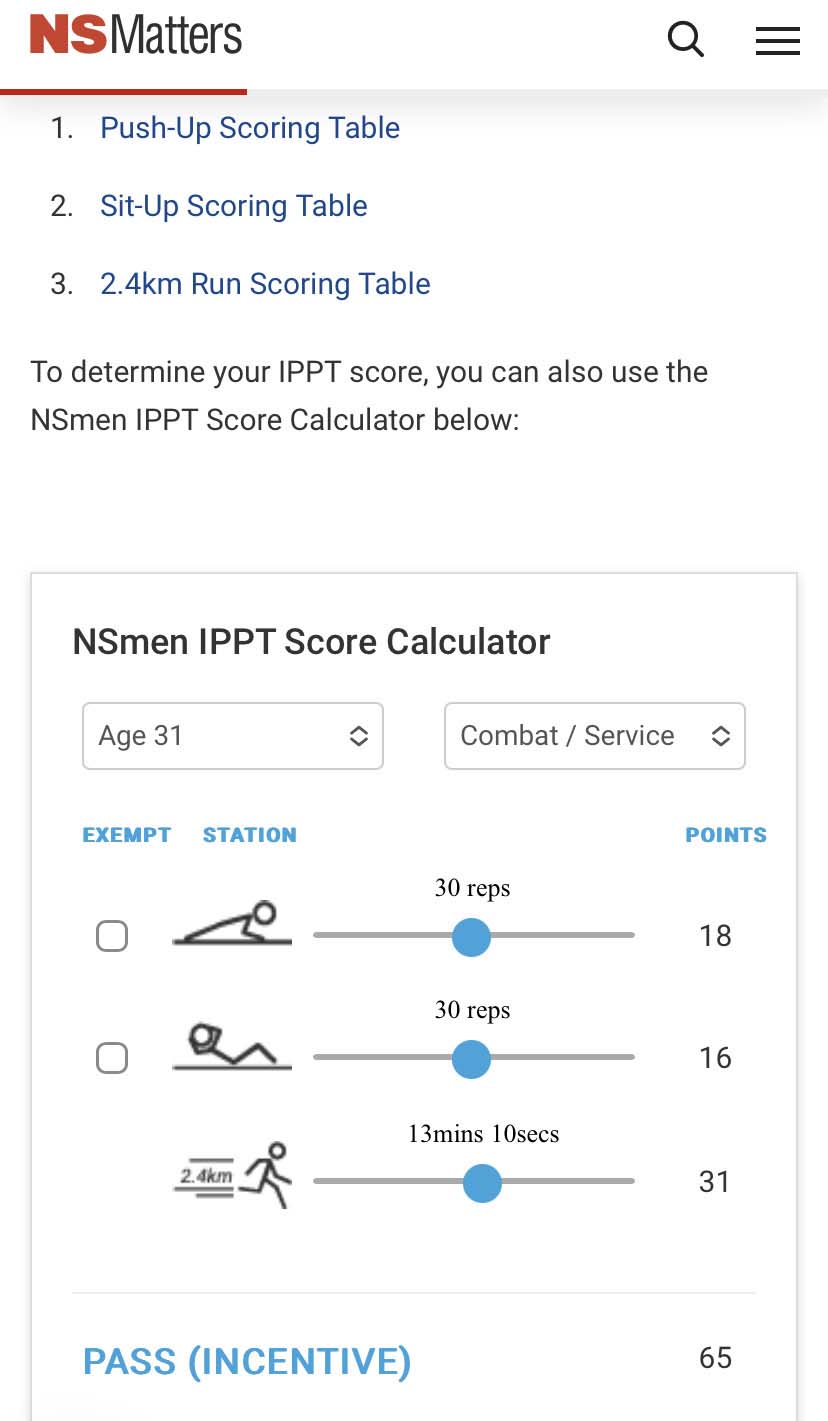
IMAGE: NSMen IPPT Score Calculator
Have a clear game plan during the test
Now that you’ve already put in the hard work, it’s time to crush your IPPT. Having a clear game plan for the day is essential to acing your test. Ideally, you should give yourself at least two full days of rest before IPPT day to allow your body to recover and be in optimal condition on the test day itself.
Load up on carbohydrates, such as pasta and rice, not forgetting fruits and vegetables as well, to boost the muscle glycogen reserves in your body, giving you the energy to perform. An hour before your test, I will usually consume a banana and have an isotonic drink to spike my energy levels. Another pro-tip: use the NSmen IPPT Score Calculator to figure out how many points you need for each station and the number of reps required.
You can toggle between the different permutations based on your strengths and weaknesses. For example, if you know you need more leeway during your 2.4km run, be sure to strive for higher points during the static stations. If you consider yourself a stamina machine by this point, you can just hit the minimum points needed for your push-ups and sit-ups.
It’s at least 50 out of 100 points to get a Pass, but why stop there? If money is a motivating factor, then aim for at least a Pass (Incentive). Whatever your goals are, have a defined strategy, and you’ll be on your way. All the best!
For the latest updates on Wonderwall.sg, be sure to follow us on TikTok, Telegram, Instagram, and Facebook. If you have a story idea for us, email us at [email protected].







